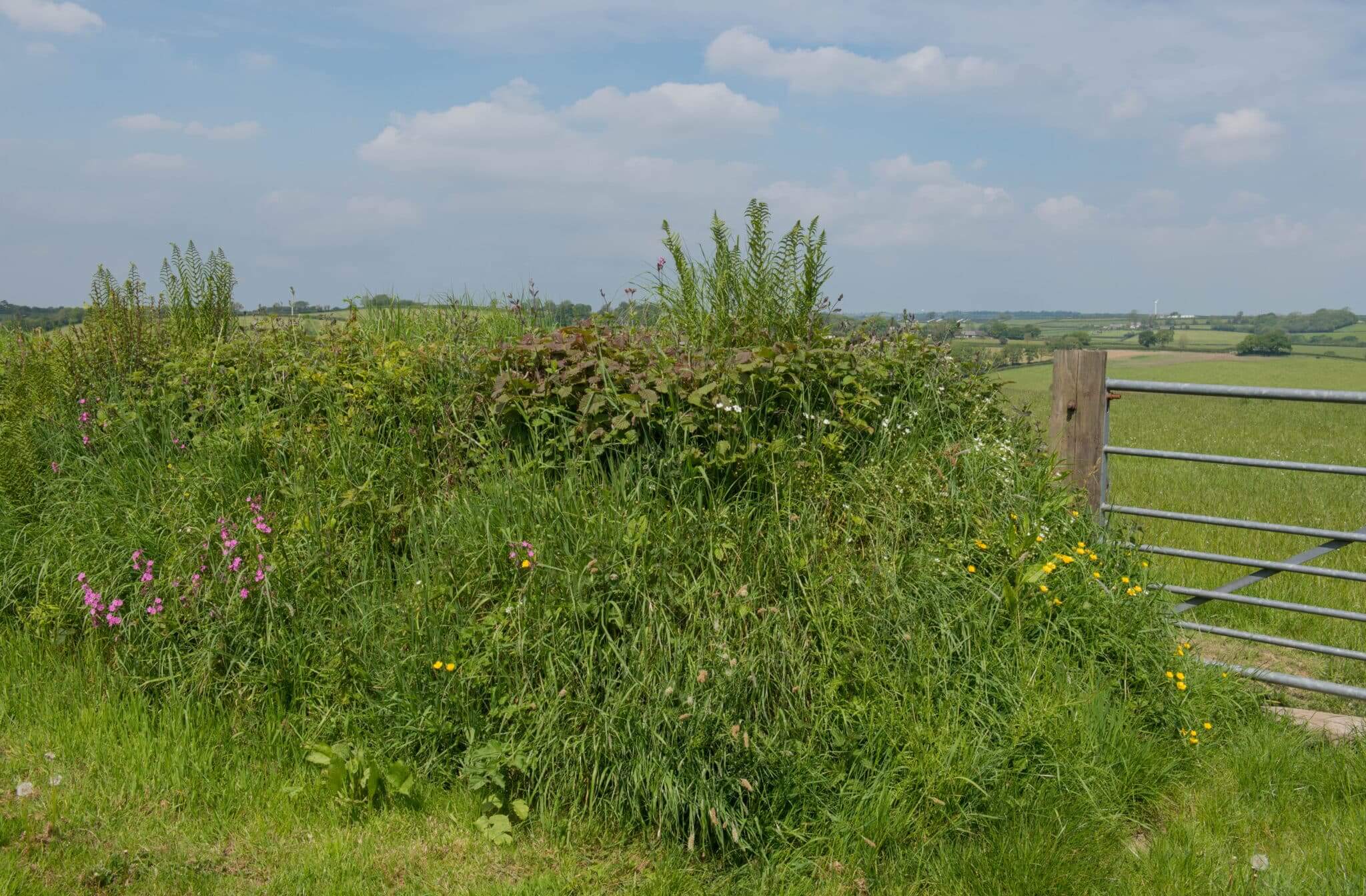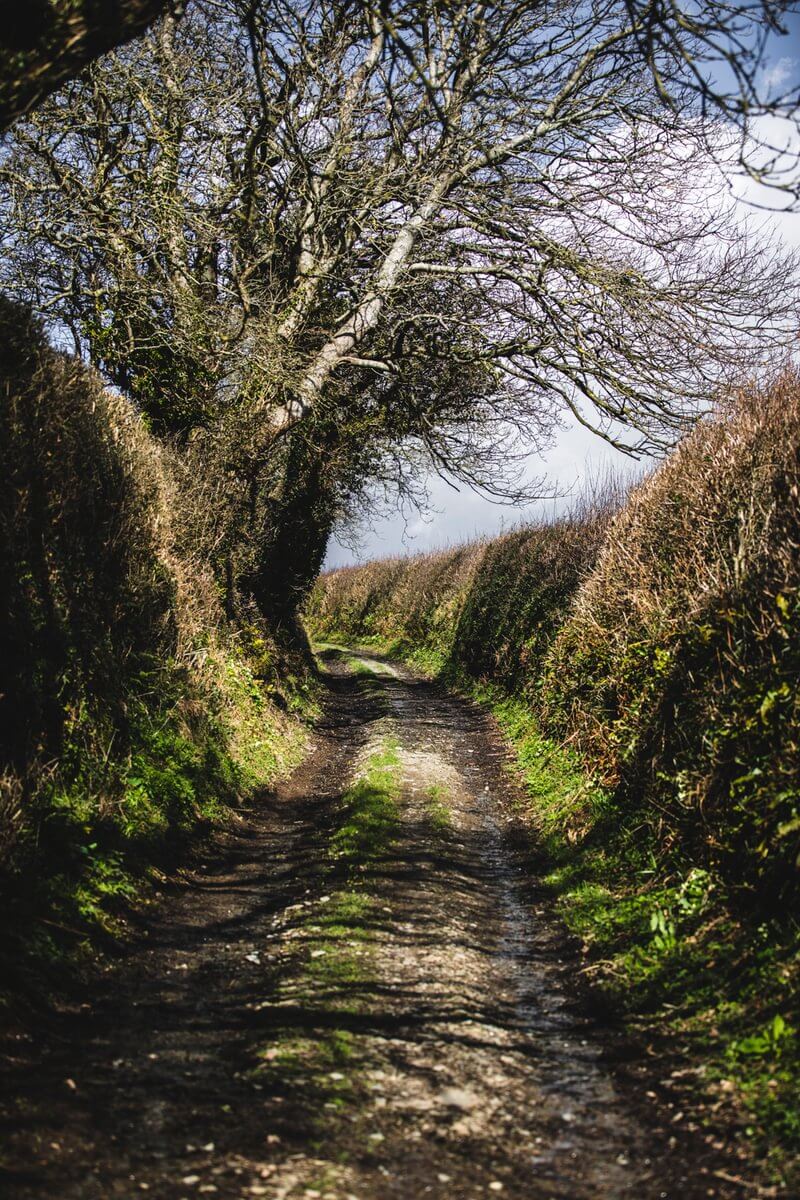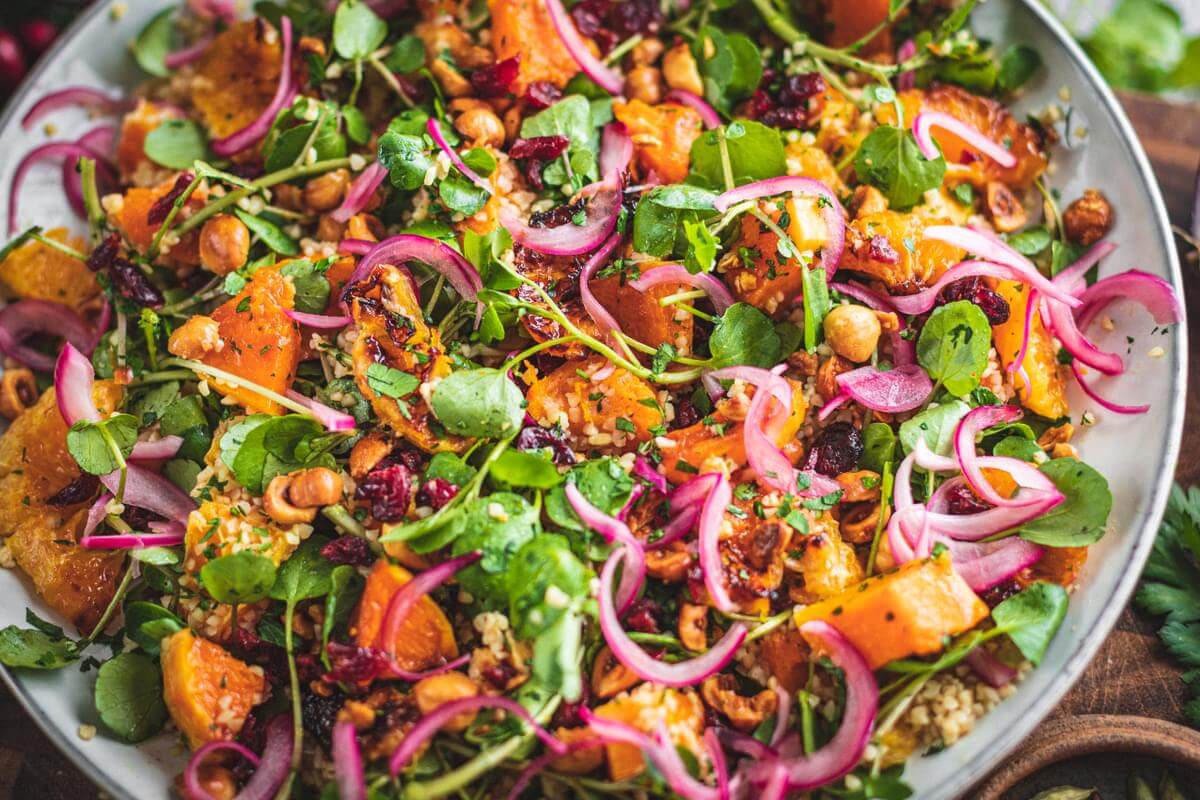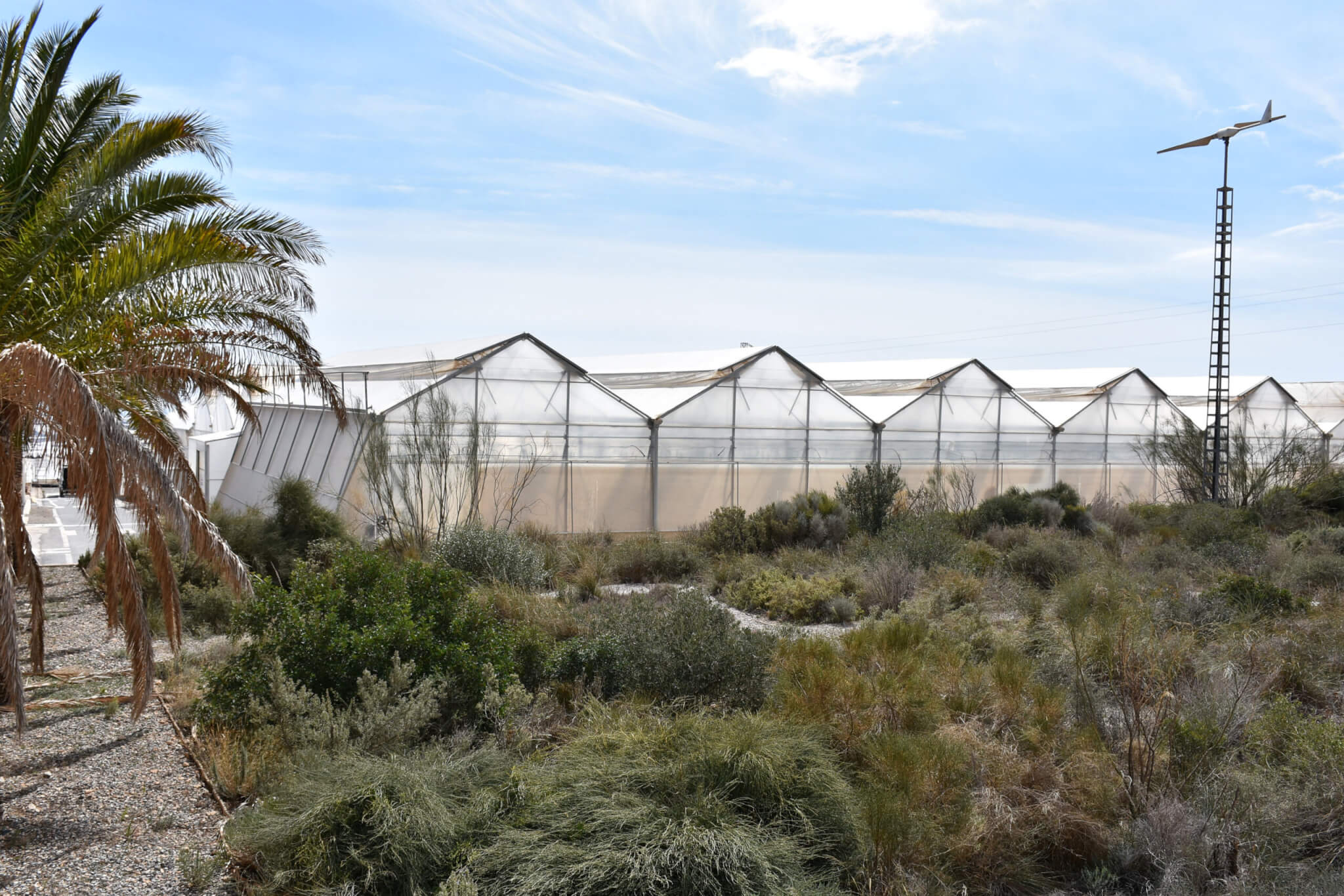Our planting season on Sacrewell Farm, Cambridgeshire, begins in March and runs through to August. This week, the team are planting lettuces, pointed cabbages, and leeks. Prior to planting, we spread organic manure and cultivate the field, which ensures the plants get off to the best start. Once planted, the cabbages and lettuces are covered with netting to stop the pigeons and rabbits from having a feast and destroying the crop, and also to protect them from pests like cabbage root flies and flea beetles.
It’s been a couple of weeks since our first harvest of lettuces and pak choi. Because of inclement weather earlier in the year, the size of the lettuces has been variable – but I am pleased with their quality. I’m hoping that the sun will keep making an appearance, and the crop will get more uniform in size as it grows.
Because we’ve had little rain recently, the leeks are going into dry soil, which means that we’re busy irrigating the crop to give it the best start possible. Leeks love water! Our irrigation system at Sacrewell is pumped from a 200,000m3 reservoir, which keeps us busy and as well as fit, laying pipes.
This year, we’ve decided not to cut the grassed area around our apple, pear, and plum orchard. Routine mowing removes habitats and vastly reduces biodiversity, meaning that only shorter plants survive. This has a knock-on effect on the biodiversity of organisms such as pollinators and herbivores. Not mowing our grass will enable bees, butterflies, and other such wildlife to take up residence in a potential mini jungle. It’s going to be really interesting to see how this pans out.
Continuing on the biodiversity theme, we’re also steadily increasing the width and height of our 13,000 metres of hedgerows. Hedges are an important wildlife habitat in their own right; as the most widespread semi-natural habitat in the UK, they support a large diversity of flora and fauna. They make a great shelter, and their flowers, berries, and nuts are a vital food source for invertebrates, birds, and mammals. Encouraging more hedgerows will help all of these to flourish.












i was in Dartmoor 3 weeks ago, i go every year at this time specifically for this. (sorry for the tourist invasion) your article just took me back there, thankyou.. one day i hope to see them everyday as they change through out the year. i ride along a section of Pilgrims way in Kent at least once a week and its never the same and beuatiful, (apart from the fridges and tyres in the laybys) i wonder how old they (the hedgerows) are ?
The Devon hedges are just glorious at this time of year aren’t they, apparently many Devon hedges date back to the 12th century. It’s lovely to see hedgerows changing with the year, we’re glad you made it to Devon to see them (arguably) at their best.
We have an orchard plot at our allotment and I am very interested in not cutting the grass. Do you not cut it at all anymore? What consequences does this have? Or if you cut it, when and how often? Thanks!